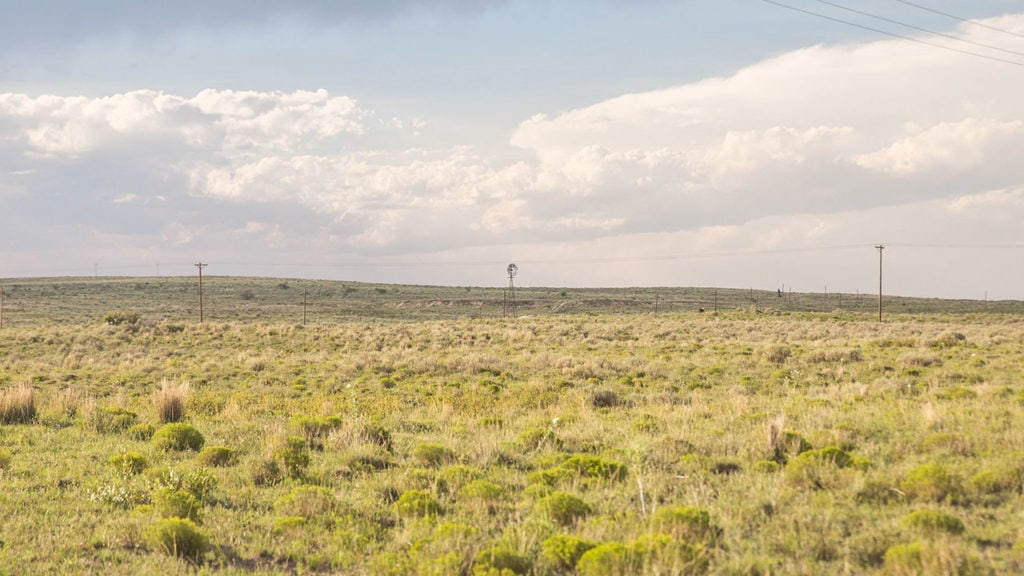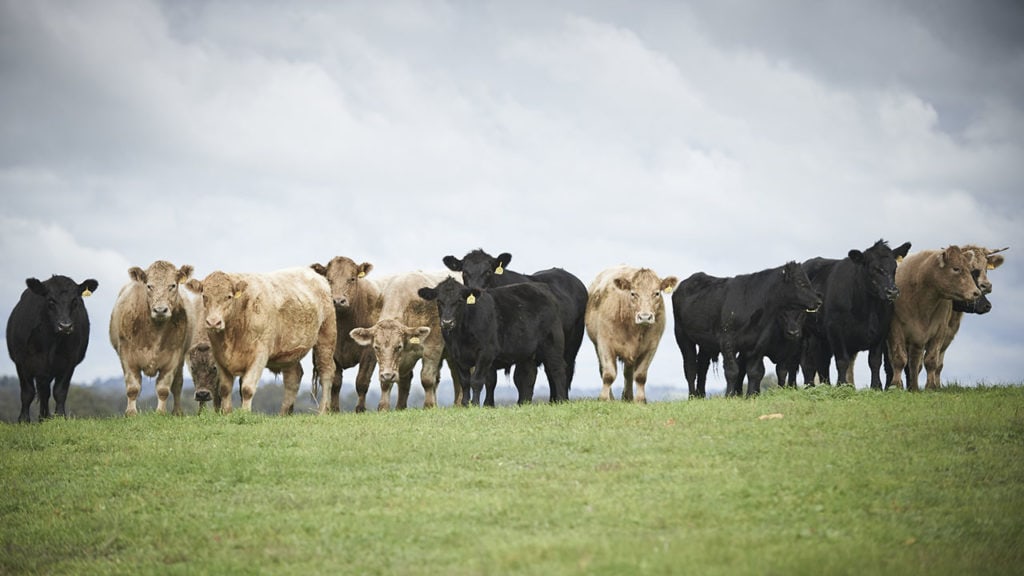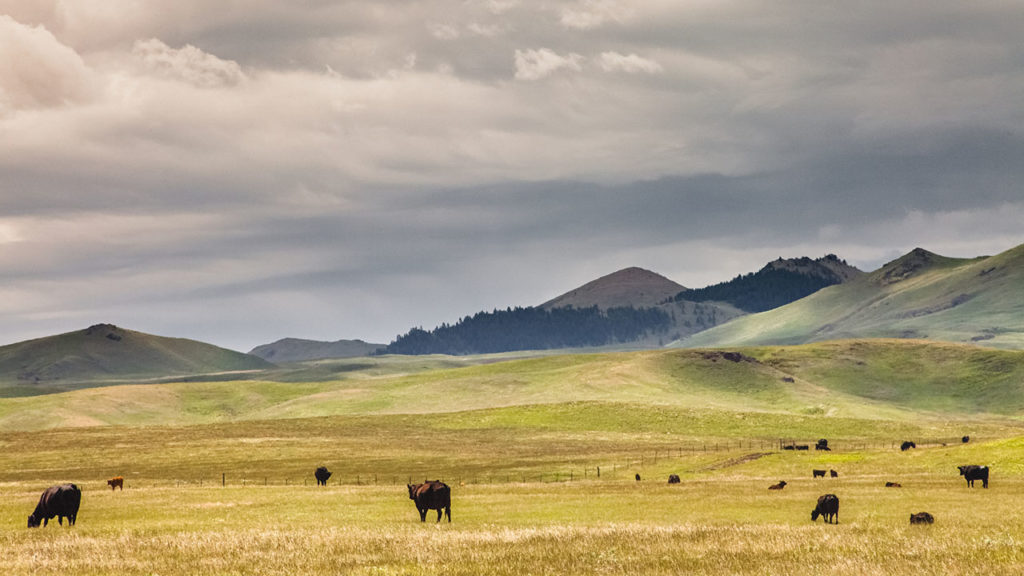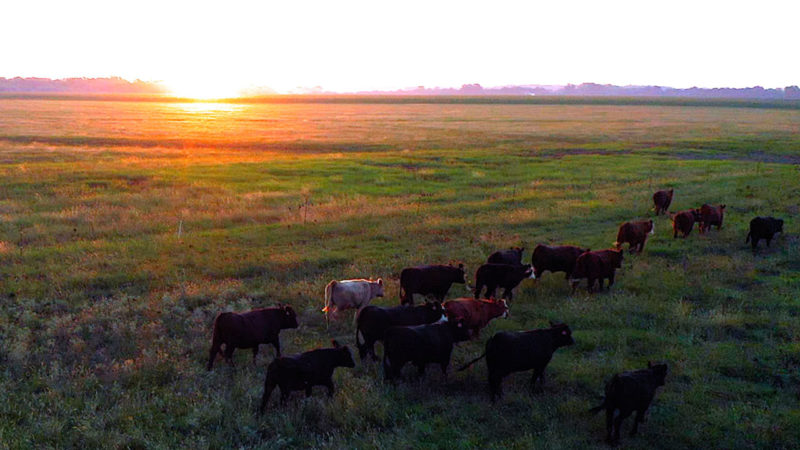Last Updated on November 9, 2021
Can you build a meat company that is better than what currently exists?
This question is what led to the founding of ButcherBox more than five years ago. This is also what we continue to ask ourselves every day, across every department of the company.
At ButcherBox, we are committed to a mission of “Believing in Better.” We believe in a system that’s focused on animal welfare, supporting farmers, treating our planet with respect, and upholding diversity, equity, and inclusion across the supply chain.
We understand that our natural resources are limited, so we want to not only use them responsibly but also challenge the status quo in the meat industry. For years, we’ve been evaluating our practices and improving on long-held assumptions—such as frozen meat needs to be shipped in Styrofoam. We’re constantly working to support sustainable fishing and agricultural practices, improve soil health, minimize our carbon footprint, and inspire our partners to do the same.

We acknowledge that the meat industry is not yet what it should be and that big changes don’t happen overnight. But that won’t stop our work. We strongly believe that we can shape a future that is better for animals, farmers and fishermen, workers, and the planet.
You’ve likely heard about how the beef industry contributes significantly to greenhouse gas emissions. It does. We know this very well because we have been digging into research on the impact of cattle on the environment.
There is a great deal of research that points to how much the current greenhouse gas problems can be traced to the methane that cattle produce, especially those that are part of the current food system.
Take a look at the data:
- According to USDA’s 2021 meat forecast, the average American will eat .61 lbs of meat per) day, which is equivalent to 224 lbs or approximately 100 kg of meat per year. (Source: Report, Data)
- Grass-fed cattle production emits 28kg of carbon dioxide emissions (CO2e) per kg of product, so if all 100kg of meat was beef, then emissions would be 2800 kg CO2e or 3 tons of CO2e. (Source)
- In comparison, chicken production emits 6 kg CO2e /kg of product, so if all 100kg of meat was chicken, then emissions would be 600kg CO2e or 0.6 tons of CO2e. (Source)
The numbers for beef are staggering, as are the larger implications related to greenhouse gases (GHG). We have often wondered if it is even possible for a company to both sell beef and care about protecting the environment.
From what we know about 100% grass-fed, grass-finished beef, we believe that we can.

Over the past decade, there has been research to suggest that well-managed cattle grazing on pasture (the equivalent to ButcherBox’s 100% grass-fed, grass-finished product) can have a positive impact on the health of soil and the environment.
How exactly? Cattle on pasture are natural soil enrichers, spending days stomping, munching nutrient-rich grasses, and “fertilizing” as they go. This, in turn, aerates the soil and introduces beneficial microbes and nutrients. Well-managed grazing systems can improve soil quality and support healthy vegetation growth. These are vital factors for soil carbon sequestration. In fact, the USDA’s National Resource Conservation Service believes that livestock integration is one of the five key principles for building soil health.
A study undertaken by White Oaks Pasture and General Mills by Quantis, an environmental consultant, showed these production practices to be effective enough to result in a net negative GHG emissions (-3.5 kg CO2e / kg of product) based on the impacts observed from soil carbon sequestration. According to this study, enough carbon was sequestered and stored in the soil with the introduction of livestock that it offset more than all the emissions from cattle production and cattle methane emissions.
However, it ends up that the study creates more questions than it answers. A peer-reviewed paper points out that it was not just cattle, but livestock—multiple grazing species including chicken and pigs—that led to the carbon sequestered in the soil. And, of note, is this point from an article on the topic in Civil Eats:
“The findings confirm that multi-species pasture rotations sequester enough carbon in soil to create a greenhouse gas footprint that is 66 percent lower than conventional, commodity production of beef. The catch is that the regenerative approach requires 2.5 times more land.”
More than anything, the White Oak Pastures’ study isn’t an all-encompassing study of pasture-raised cattle, or even livestock.
From our perspective, the research suggests a start, and hope for the future of beef raised better than the current widespread practices. But by no means is this enough to apply these results across the entire pasture-raised cattle industry. Far more research is needed to truly understand the impact of pasture-raised beef on the environment and the potential for soil carbon sequestration. Variables such as the type of soil, climatic factors, and the condition of the soil prior to cattle grazing on it all have effects on the amount of carbon sequestered into the soil. In addition, to date, the process for measuring carbon in soil is complex and expensive making the information difficult to obtain.

The environmental story of cattle has often focused on its greenhouse gas emissions; we believe understanding the carbon footprint of cattle and our supply chain is an important piece of the overall puzzle. However, it is not the only piece.
We know, beyond the potential of cattle on pasture and carbon sequestration, that grass-fed, grass-finished beef can be better for the planet in other ways. Grass-raised cattle don’t rely on monoculture-grown grain, they have a higher quality of life than those raised in Animal Feeding Operations that contaminate water and reduce air quality, and, when part of a grazing system, they can play a part in contributing to the health and biodiversity of the ecosystem. (Source)
We believe there is a place for beef in a sustainable food system, and we are committed to not only sourcing the highest quality meat but also furthering research and development efforts to better understand the beneficial impact these pasture-based systems can have on the environment.
We believe we can contribute to a solution, not be part of the problem.
There is so much to do. Here are the current steps we are taking:
- We are committed to investing in research to better understand the intersection of well-managed livestock, soil health, and the environment.
- We are committed to measuring and understanding the overall carbon footprint of our supply chain, starting with shipping and transportation.
- We are committed to investing in the agricultural carbon offset market so that farmers who are engaging in environmentally sustainable practices can be rewarded for their behavior.




